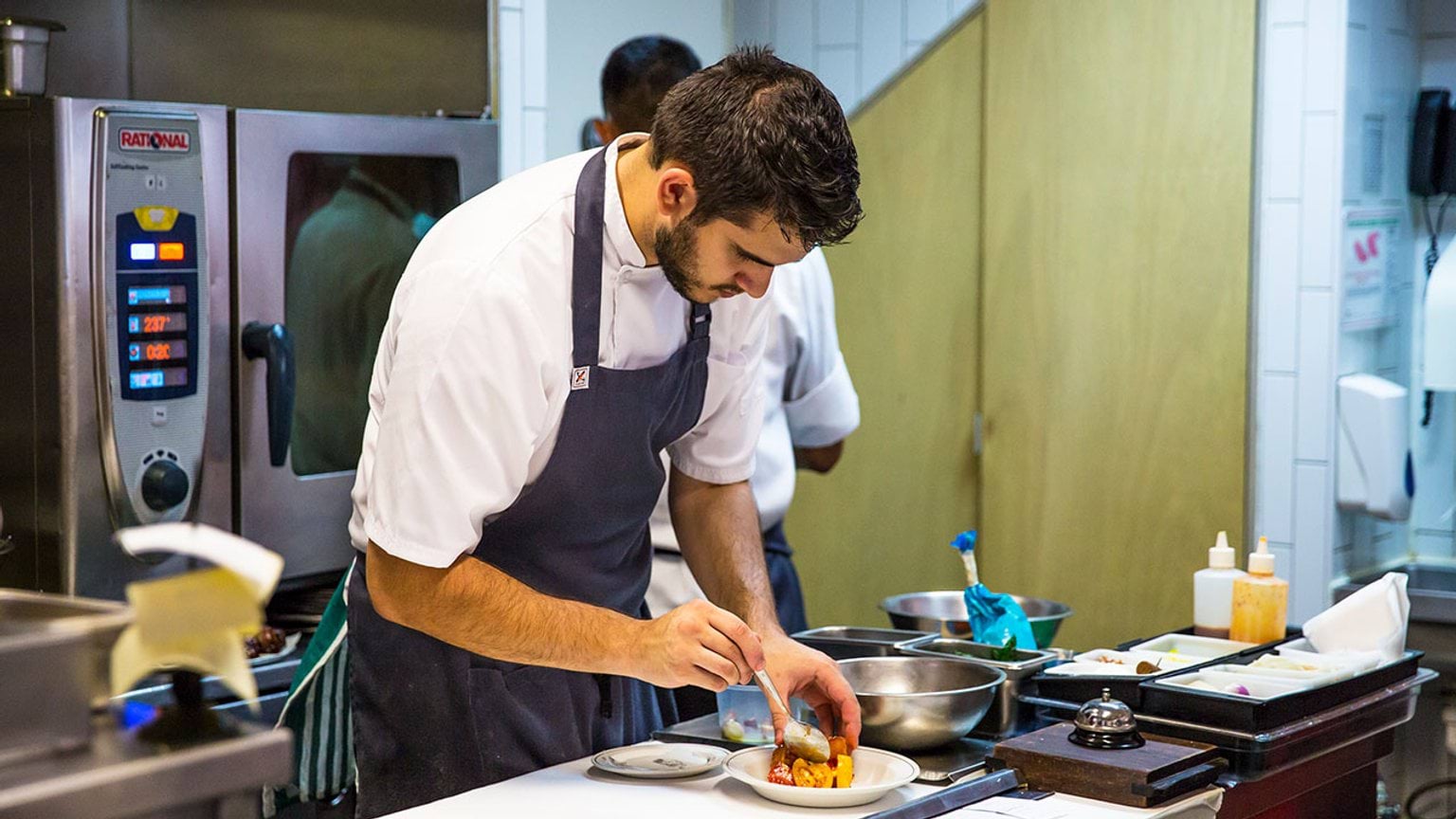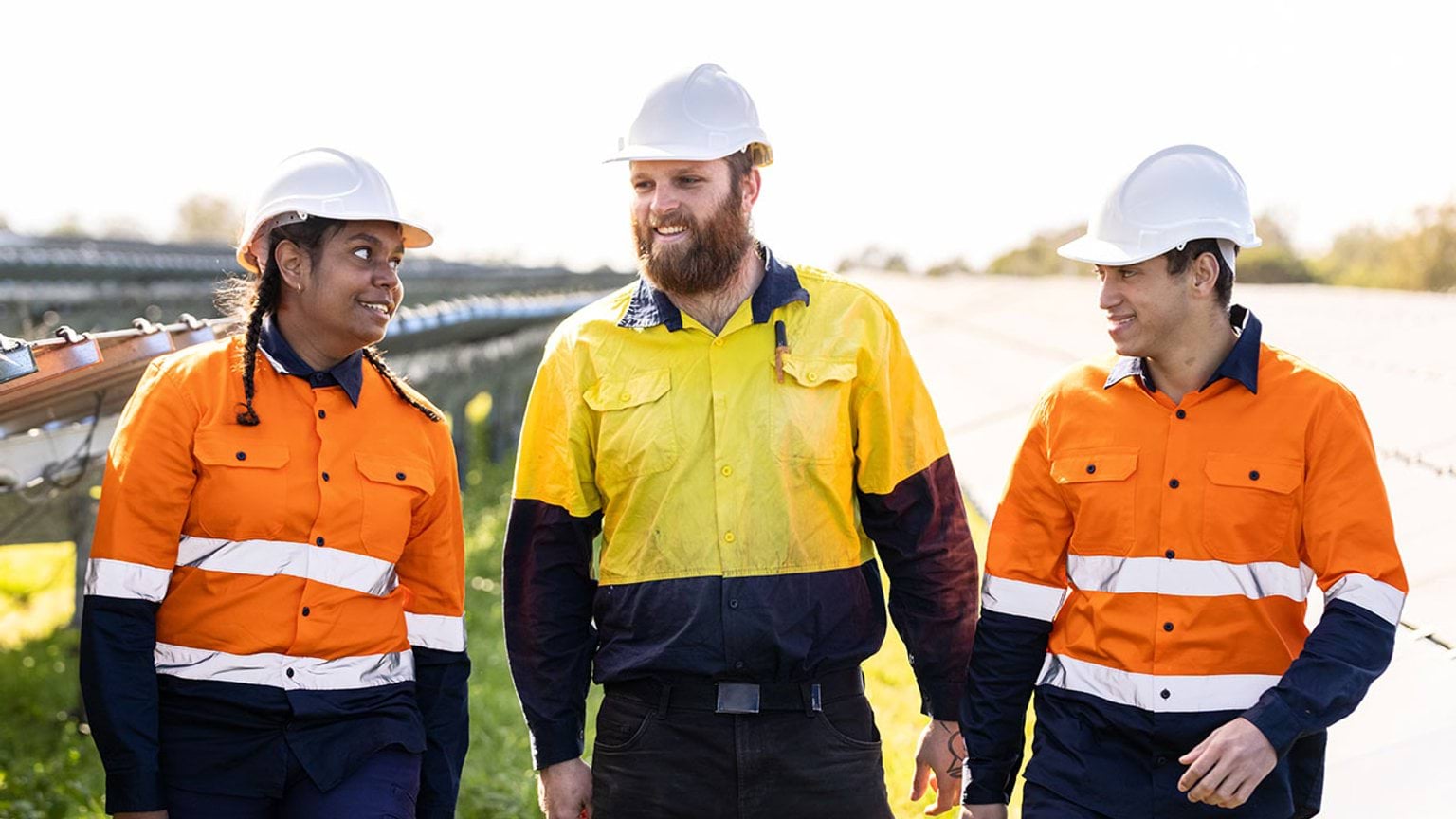Farmers work on farms and in nurseries and greenhouses raising livestock and plants. As populations grow, Victoria’s food and resource needs will increase, creating diverse opportunities for skilled farmers.
Find out what a farmer does and the related Vocational Education and Training (VET) courses and pathways you can take to secure a job.
What is a farmer?
Farmers plant and cultivate crops. They also raise and manage livestock. As a farmer, you’ll work outdoors and operate specialised machinery. Physical strength is an asset, but not essential. A willingness to upskill and adapt to new technology will help your career.
There are different kinds of farming practices across Victoria, including:
- livestock farming (for example, cattle, poultry, sheep and pig farming)
- broadacre crop growing (large scale crop farming)
- horticultural crop growing (small scale crop farming, for example, in a greenhouse)
- mixed production farming (multiple kinds of farming on a single farm)
- aquaculture farming (raising fish and other aquatic livestock).
Find out more about farmers and these related jobs on the Victorian Skills Gateway:
- agricultural and horticultural mobile plant operator(opens in a new window)
- agricultural consultant(opens in a new window)
- apiarist(opens in a new window)
- arborist(opens in a new window)
- broadacre crop grower(opens in a new window)
- dairy products maker(opens in a new window)
- greenkeeper(opens in a new window)
- horticultural nursery assistant(opens in a new window)
- livestock farmer(opens in a new window)
- mixed production farmer(opens in a new window)
- poultry farmer(opens in a new window)
- veterinary nurse(opens in a new window).
Related training courses
Explore these related TAFE and training courses on the Victorian Skills Gateway(opens in a new window):
- agriculture(opens in a new window)
- agribusiness(opens in a new window)
- horticulture(opens in a new window)
- wool handling and classing(opens in a new window).
You may be eligible for government funding to help pay for your course.
Average salary
The average weekly earnings for a mixed livestock and crop farmer in Australia is $965.
Source: Your Career(opens in a new window)
Note this salary is current as of April 2024 and is indicative only. A range of salaries apply to different roles across the industry.
Job demand in Victoria
Below are the employment projections for livestock farmer, crop farmer and mixed crop and livestock farmer jobs in Victoria. Figures show the number of workers in 2024 and the new workers expected to enter the workforce by 2027 and 2034.
‘New workers expected’ accounts for workers adding new jobs to the economy and replacing retirees over the next 3 and 10 years. These projections are estimates only. There will be additional jobs available as people move between jobs and industries.
Resources to plan your next steps
Visit our agriculture, horticulture and agribusiness industry profile to find out about:
- what it’s like to work in agriculture, horticulture and agribusiness, and some of the jobs you could do
- training and skills to work in the industry, and financial assistance to help pay for your course
- help getting a job in agriculture, horticulture and agribusiness, and industry job projections for Victoria
- other free resources and advice to plan your training and career.
Explore growing industries in your region
Updated



